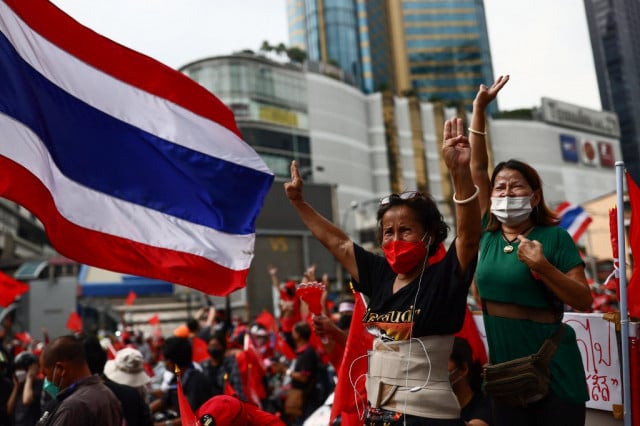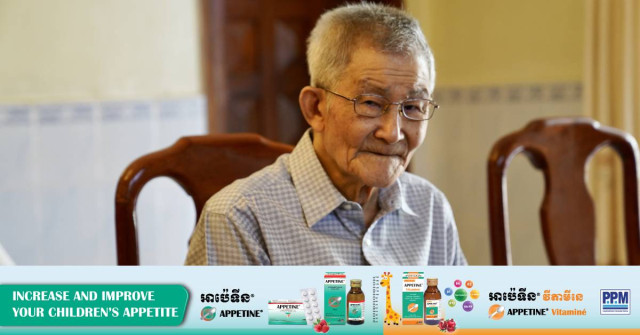Food Waste Is Damaging the Ecosystem in the Tonle Sap Lake

- By Teng Yalirozy
- September 9, 2023 5:00 PM
PHNOM PENH–Around 60 percent of the waste in the Tonle Sap Lake is generated each year by households in Kampong Chhnang, Pursat and Siem Reap provinces, posing a risk to the lake’s ecosystem, a study recently revealed.
According to a study conducted between March and June 2023 by the International Development Enterprises (iDE Cambodia) in three provinces adjacent to the Tonle Sap Lake, food waste accounted for 50-to-60 percent of total waste most commonly generated by households, followed by 9-to-15 percent by plastic waste.
“This waste contamination threatens biodiversity and livelihoods in this critical ecosystem,” said Tyler Kozole, water, sanitation and hygiene program director for iDE Cambodia, in an interview on Sept. 8.
Kozole conducted the Solid Waste Management (SWM) Market Assessment study between March and June 2023 in three predominantly rural provinces around the Tonle Sap Lake, where there are critical risks of waste generated in those areas reaching the lake, according to a press release issued by iDE Cambodia on Sept. 7.
Annual waste amounts in Kampong Chhnang, Pursat, and Siem Reap provinces reached 125, 331, and 316 tons, respectively, the study revealed.
“A majority of these wastes entered the Tonle Sap Lake—the largest freshwater lake in Southeast Asia—posing risks to ecosystems, particularly rivers, lakes, and ocean, while threatening the livelihoods of communities relying on these ecosystems for their food and income,” the press release read.
The lack of residential waste collection services in rural areas has led to unsustainable waste disposal practices, including burning, burying, and dumping, which can contaminate ecosystems and water resources, according to the study.
Food waste, which decomposes in landfills, releases methane, which is a greenhouse gas posing health and environmental risks.
“The study has shown that a significant percentage of households desire waste collection services and are willing to pay for them,” the press release said. And “69 percent of all households engaged had cash on hand and were willing to pay 10,000 Riel ($2.50) for monthly solid waste collection services.”
Kevin Robbins, iDE country director, said that, with its expertise in rural agriculture and sanitation services, the organization, aims to address solid waste management and positively impact rural Cambodians' lives.
“To improve waste management efforts across the country, we need to join hands across sectors, such as public, private and development to facilitate sustainable and scalable solutions,” he said, according to the press release.
Kozole added that, as a part of the GREEN project, which is funded by the European Union, iDE is also committed to helping SWM in Kampong Chhnang and Pursat provinces, and find out how iDE can assist SWM improvement in those provinces.
Approximately 70 percent of households at the Tonle Sap Lake fish, but their way of life is in jeopardy owing to pollution, climate change, and overfishing. Beyond agriculture, there are few other possible sources of income for these communities.
The study aims to pinpoint significant market flaws in rural Cambodia, investigate tactical entry sites, and explore chances for potential interventions and significant effects by iDE and other key participants in the industry, Kozole said.















